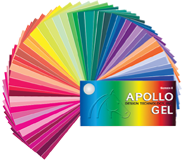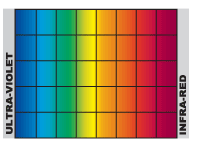Dear Friends!
I'm going to light up a park for a festival in Copenhagen this summer. There are some major pathways sorrounded by trees. There are exactly 24 trees on each of the pathways and I thought of lighting up each tree with par cans and having the whole pathway stand out as one big rainbow. Therefore I need to know how to divide up the whole color spectrum into 24 filters for 24 trees and thus forming the colors of a rainbow ;-). Are there any suggestions on how to do so?
Cheers
I'm going to light up a park for a festival in Copenhagen this summer. There are some major pathways sorrounded by trees. There are exactly 24 trees on each of the pathways and I thought of lighting up each tree with par cans and having the whole pathway stand out as one big rainbow. Therefore I need to know how to divide up the whole color spectrum into 24 filters for 24 trees and thus forming the colors of a rainbow ;-). Are there any suggestions on how to do so?
Cheers





